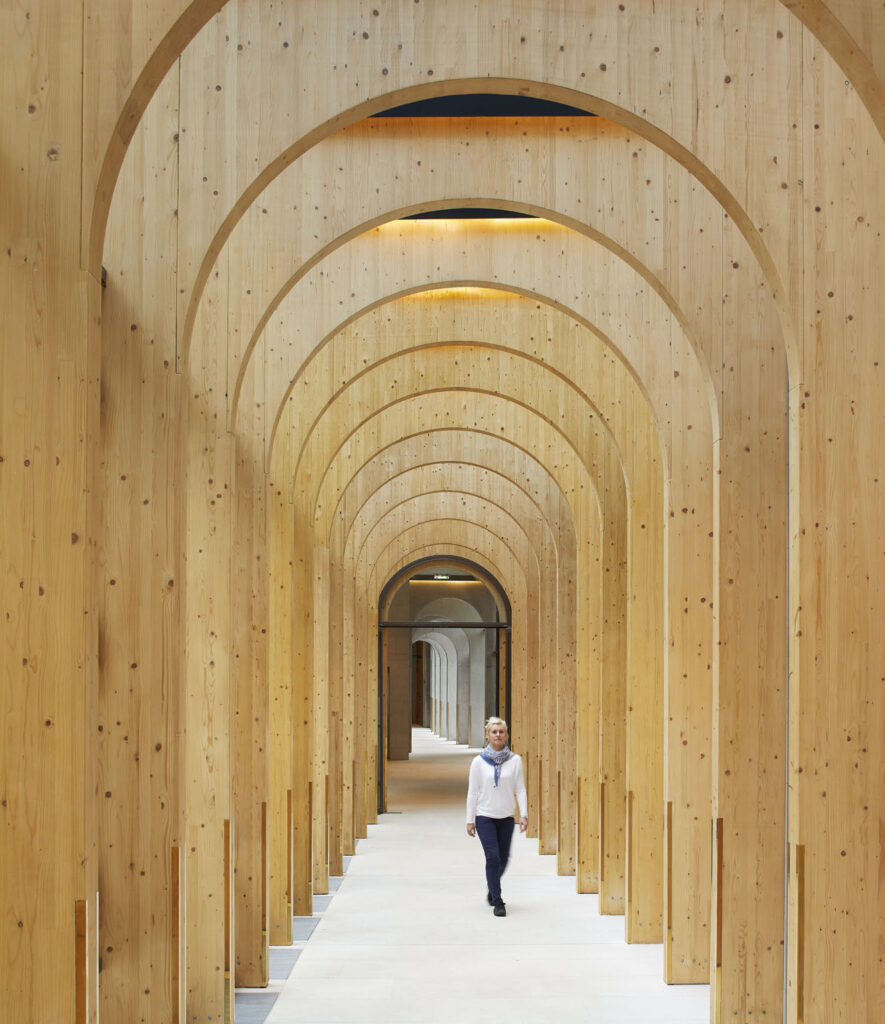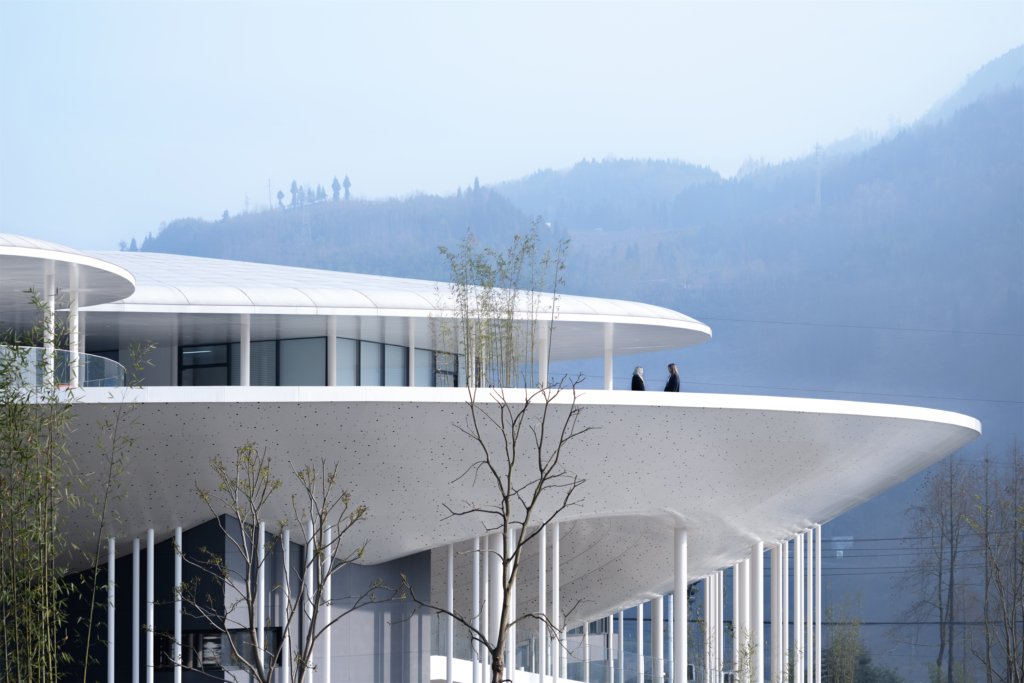The Social and Psychological Benefits of Multifamily Living

This post was originally published on this site

In the realm of modern housing options, multifamily living has emerged as a distinctive and increasingly popular choice. Beyond the convenience and amenities it offers, this housing arrangement brings with it a range of social and psychological benefits that have a profound impact on residents’ overall well-being. In this article, we will delve into the various ways in which living in a multifamily community can positively influence individuals’ lives.
1. Built-in Social Network:
One of the standout advantages of multifamily living is the immediate access to a built-in social network. Shared communal spaces such as fitness centers, lounges, and community gardens encourage residents to interact and connect with their neighbors. This fosters a sense of belonging and creates opportunities for friendships to develop naturally. The close proximity of living spaces promotes impromptu conversations and interactions, reducing feelings of isolation and loneliness.
2. Support System:
In multifamily communities, residents often form close-knit bonds, effectively creating a support system. This is particularly valuable for individuals who are new to an area or city, or those who might live far away from their family. The neighbors become a second family, offering assistance during times of need and celebrating each other’s milestones. This sense of camaraderie can significantly enhance emotional well-being and reduce stress.
3. Diverse Social Interactions:
Multifamily housing units bring together people from different backgrounds, professions, and age groups. This diversity enriches social interactions and offers residents the chance to learn from others with varying perspectives. The exposure to different cultures, interests, and experiences contributes to personal growth and a broader understanding of the world.
4. Reduced Social Isolation:
Social isolation has become a concerning issue in our modern society. Multifamily living counters this trend by providing opportunities for regular social interactions. Whether it’s a casual chat in the hallway or a planned community event, the constant presence of neighbors reduces the likelihood of isolation and the negative psychological effects associated with it.
5. Enhanced Sense of Security:
In multifamily communities, there’s often an increased sense of security due to the presence of many neighbors in close proximity. This feeling of safety can alleviate anxieties, especially for those living alone or in urban areas. The collective vigilance of the community members can discourage criminal activities and create a comforting environment.
6. Shared Responsibility and Accountability:
Living in a multifamily complex encourages a sense of shared responsibility and accountability. Residents often participate in collective decisions related to community issues, creating a collaborative environment. This involvement fosters a sense of ownership and empowerment, which can positively impact self-esteem and overall mental health.
7. Built-in Social Activities:
Many multifamily housing communities organize social activities and events to encourage interaction among residents. From game nights and movie screenings to potluck dinners and fitness classes, these activities provide structured opportunities for people to come together, bond, and have fun. Engaging in such events can uplift mood and enhance a sense of belonging.
8. Minimized Communal Living Stressors:
While it’s true that living in close proximity to others can lead to conflicts, multifamily communities often have established guidelines and protocols to address these issues. This reduces the stress associated with communal living and fosters an environment where conflicts are managed constructively, leading to healthier relationships.
9. Sense of Belonging:
A sense of belonging is a fundamental human need. Multifamily living fulfills this need by creating a living environment where residents are part of a larger whole. Being part of a community that shares common spaces and experiences fosters a deeper connection to the place they call home.
10. Opportunities for Learning and Growth:
Living closely with neighbors allows for constant exposure to new ideas, hobbies, and perspectives. This exposure can lead to personal growth and expanded horizons. Whether through casual conversations or organized discussions, residents have the chance to engage in thought-provoking exchanges that stimulate their minds.
In conclusion, multifamily living offers more than just a roof over one’s head; it provides a nurturing environment that promotes social connections, emotional well-being, and personal growth. The immediate access to a diverse and supportive community can greatly enhance the quality of life for individuals, fostering a sense of belonging and fulfillment that contributes to their overall happiness.





Responses